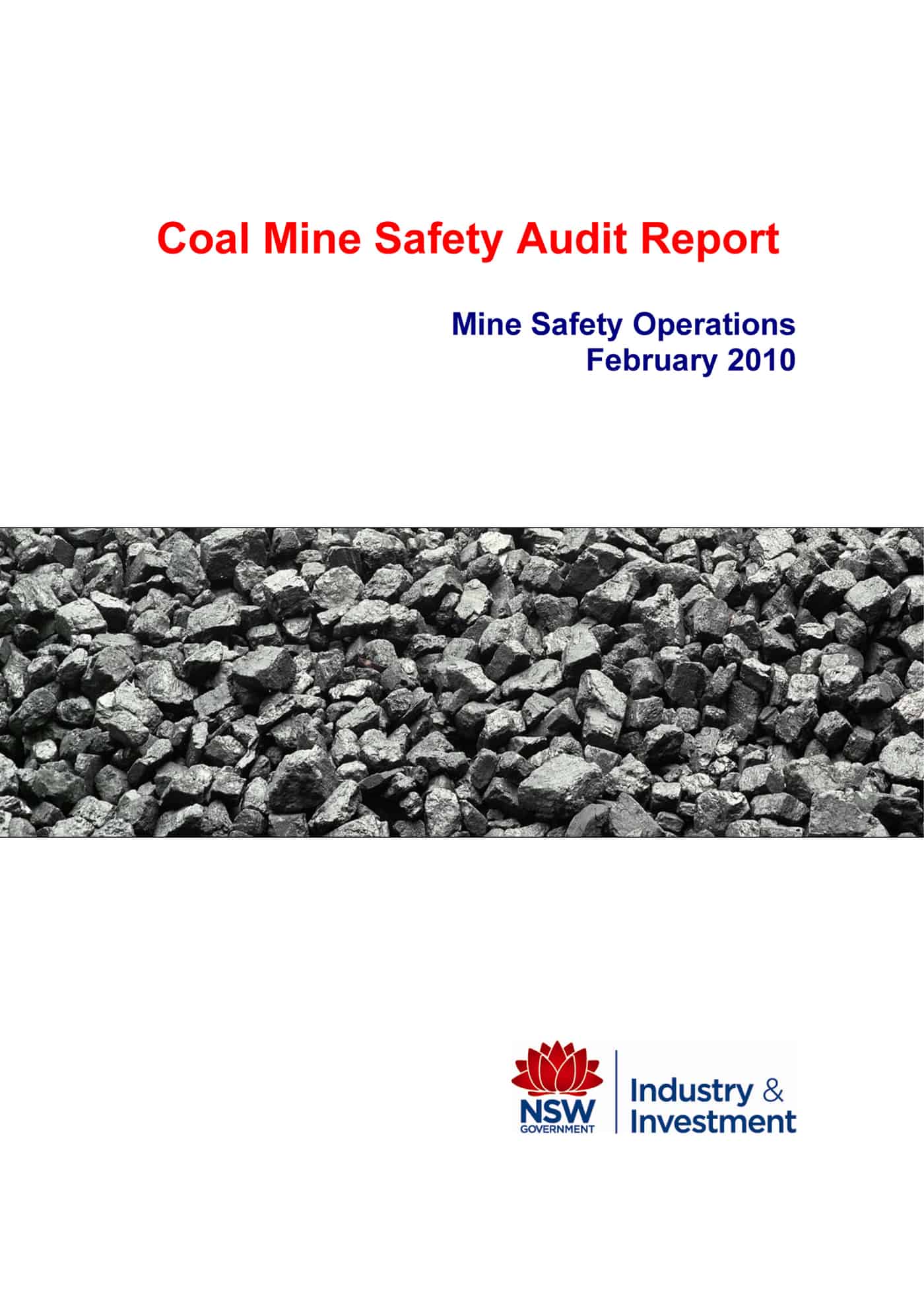Two days ago, Ian Macdonald, the New South Wales Minister for Mineral Resources opened the annual conference of the NSW Minerals Council.  It was a dour presentation but delegates said that the Minister is not the most exciting public speaker. Macdonald announced a new research program into safety culture, an announcement that did not get much response from the conference delegates, although the project is significant.
It was a dour presentation but delegates said that the Minister is not the most exciting public speaker. Macdonald announced a new research program into safety culture, an announcement that did not get much response from the conference delegates, although the project is significant.
The day after opening the conference the Minister releases
“the State’s first Coal Mine Safety Audit Report of over 290 coal mining operations in NSW.”
Did he not think that such a report would have been important to launch at a conference of over 400 NSW mining delegates which included several CEOs of NSW mining corporations? Continue reading “Mining Minister’s safety claims challenged”
